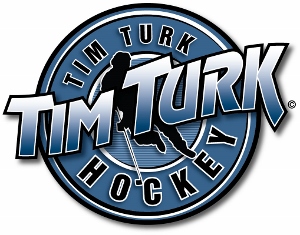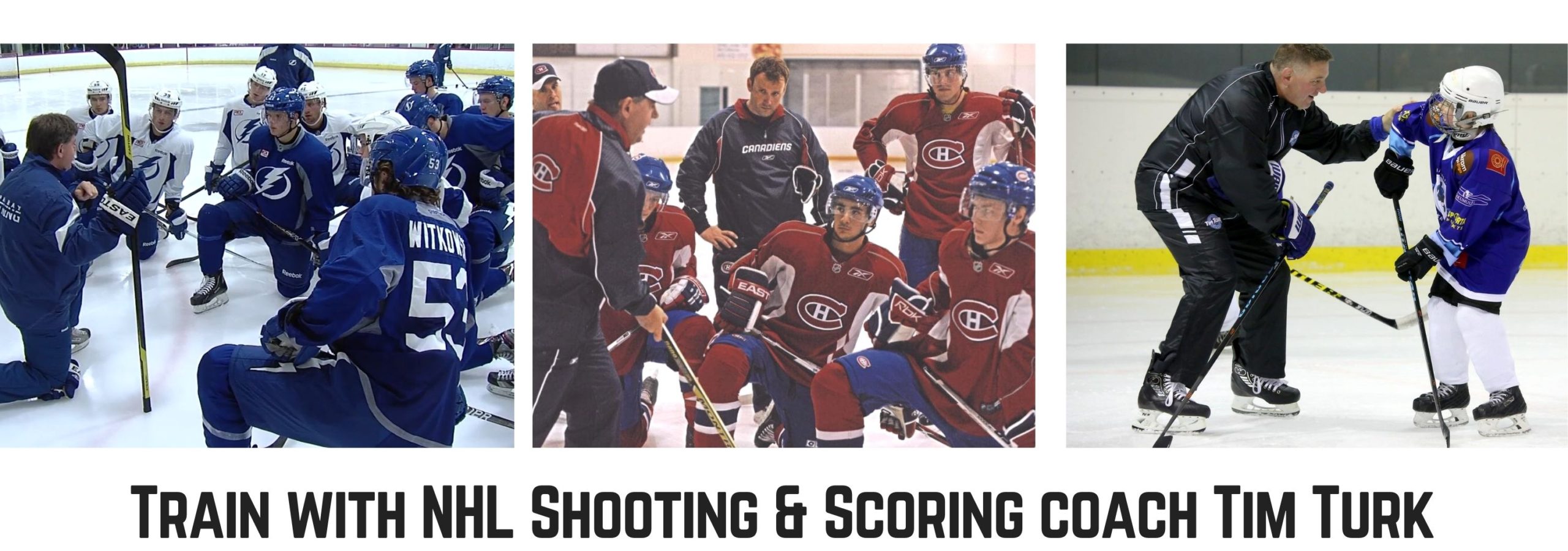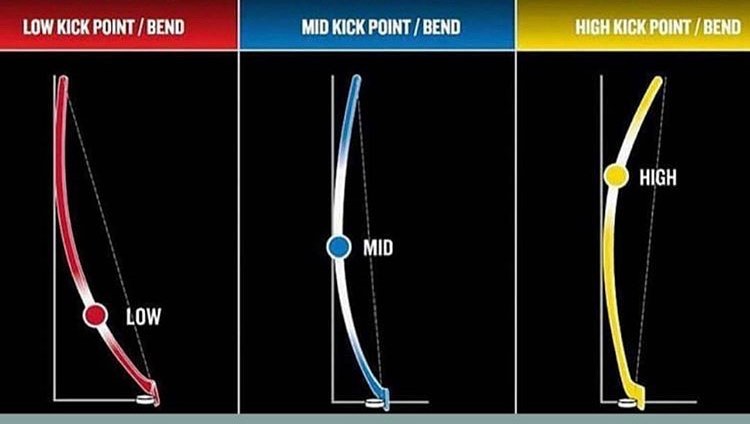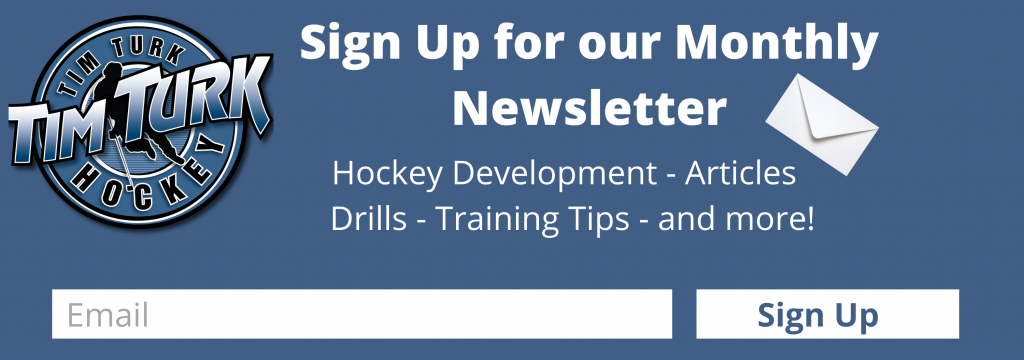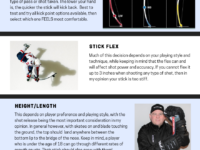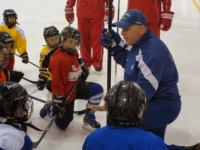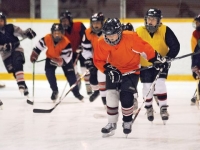How can and does it benefit players? Is it the type of shot taken? Is it a players’ particular body position? Is it where a player locates their bottom hand consistently?
There’s a lot more to it, but in a nutshell…
In my opinion, the power hand (which is your bottom hand on the stick) positioning on the shaft along with the downward force trajectory (for the type of shot taken), plays a key role in where the flex point could start.
That position combined with the amount of flex/pressure induced into the shaft (how far it is flexed) can affect how the kick return will benefit any particular shot taken.
For example, no matter what type of shot is taken…The lower my power hand is located on the shaft, (closer to the ice, less space from that hand to the stick blade or ice), the faster the stick shaft will kick back into it’s original position.
So, the higher up I position my power hand on the shaft (hands closer together), the slower the kick return.
When taking a fully loaded impact (slap) shot, the power hand usually locates below the midway point of the shaft. This can now force the shaft to flex below and above the power hand (below). Thus, creating 2 kick return flex points!
In my opinion, the position of the power hand for the type of shot taken. is what dictates the flex and kick return.
Stick flex, height, curve patterns and lie angles are all key to a player’s success.
